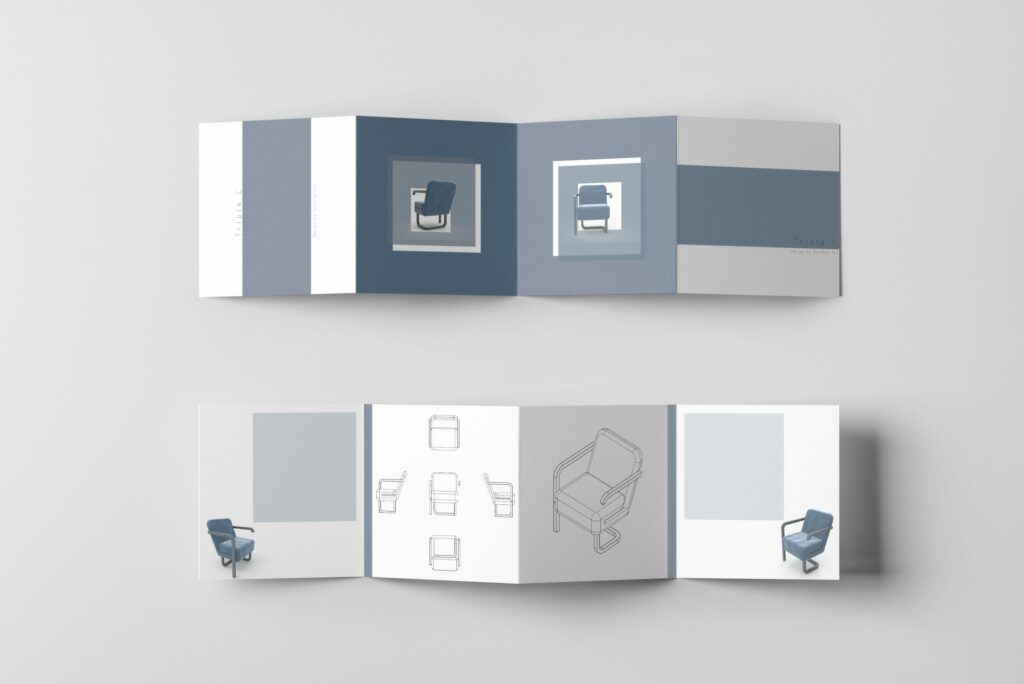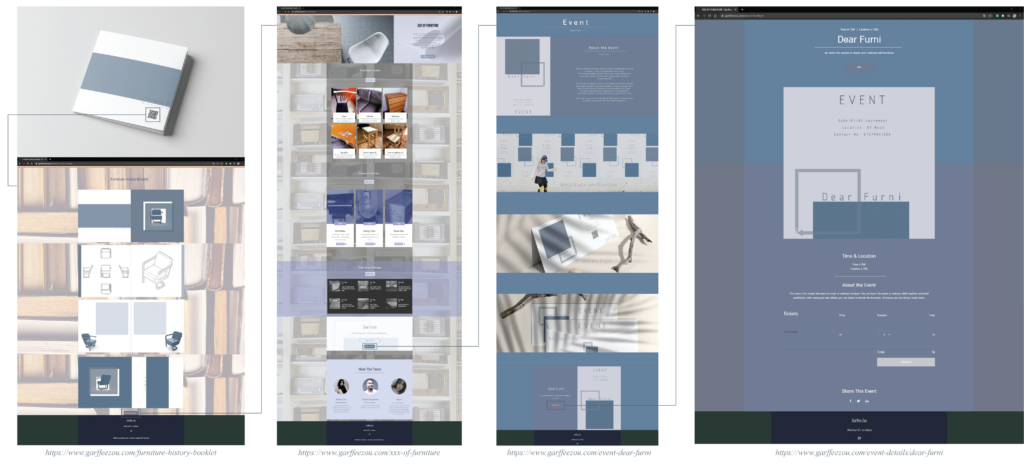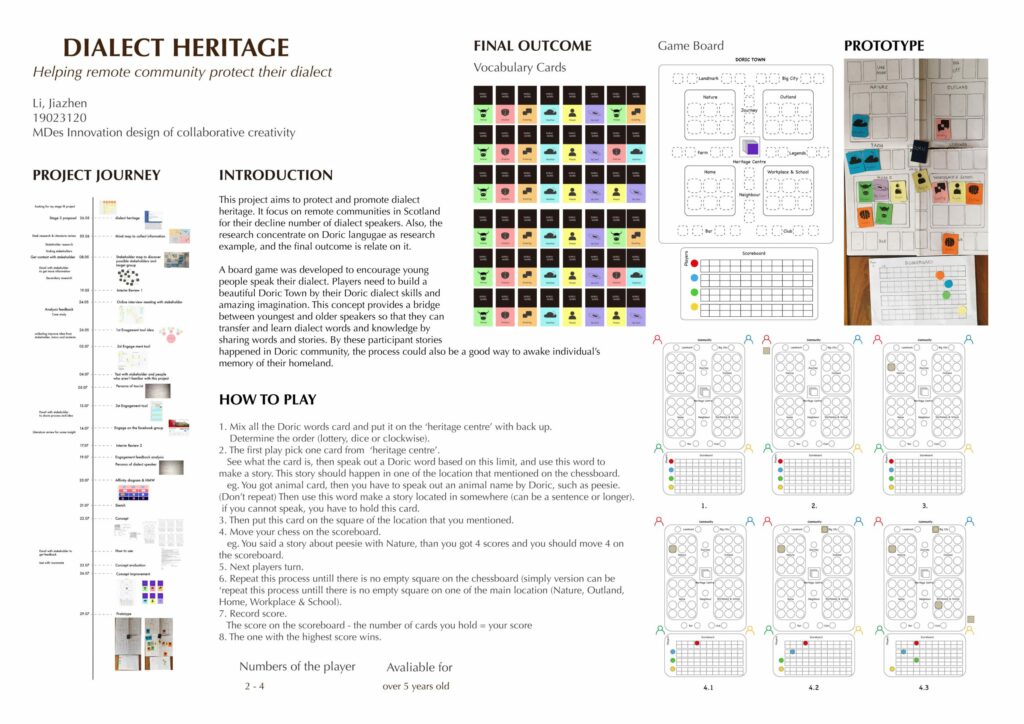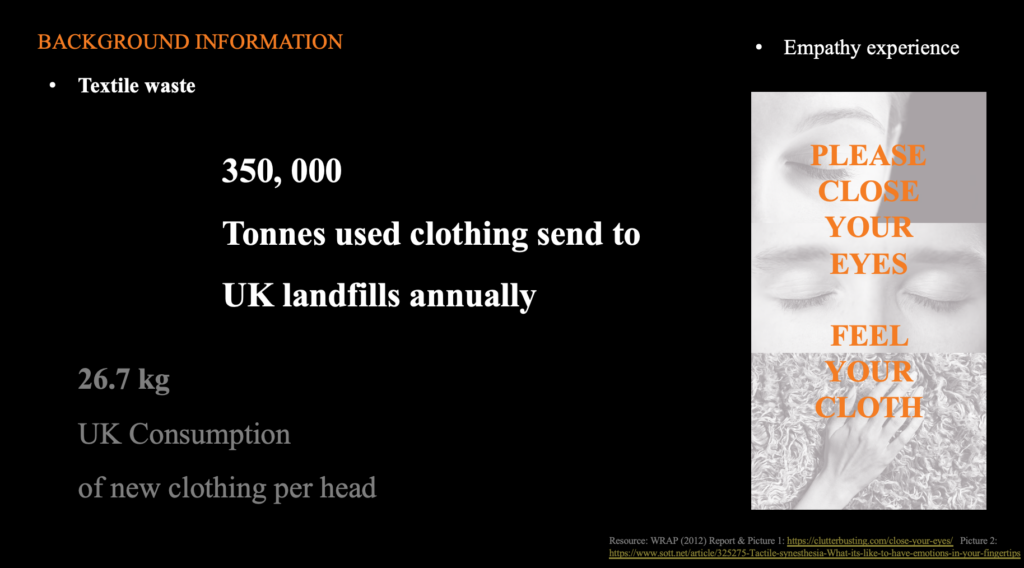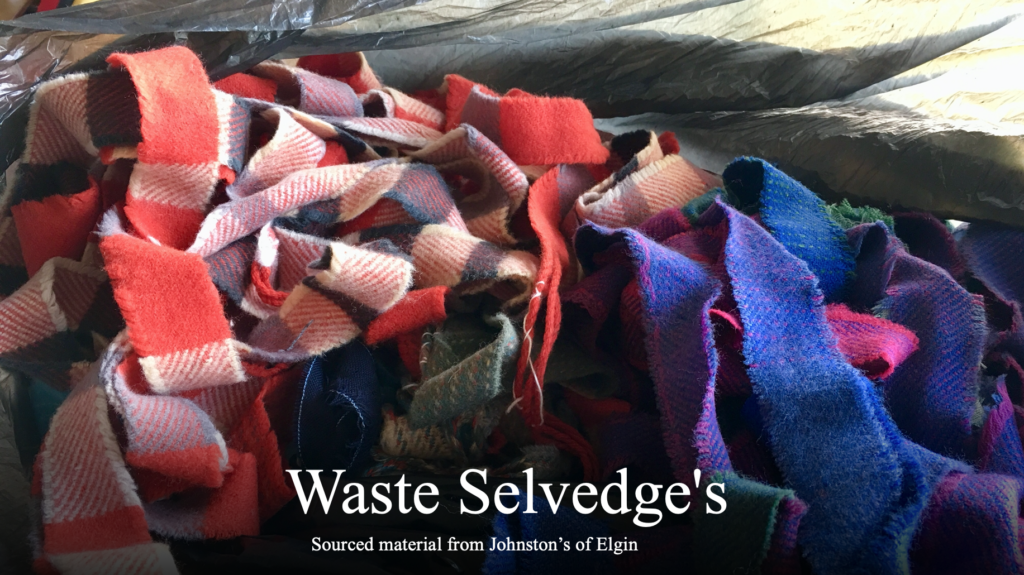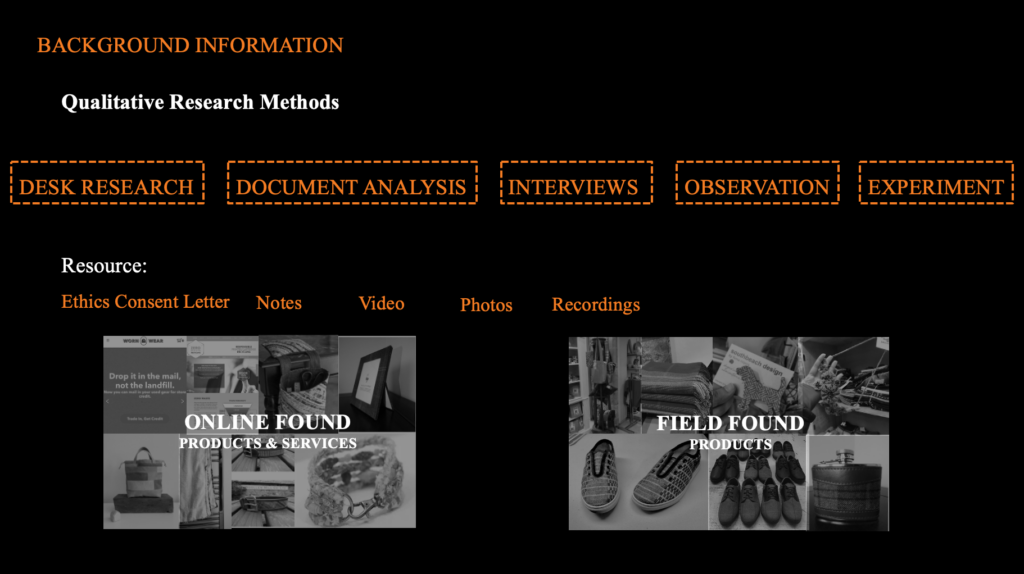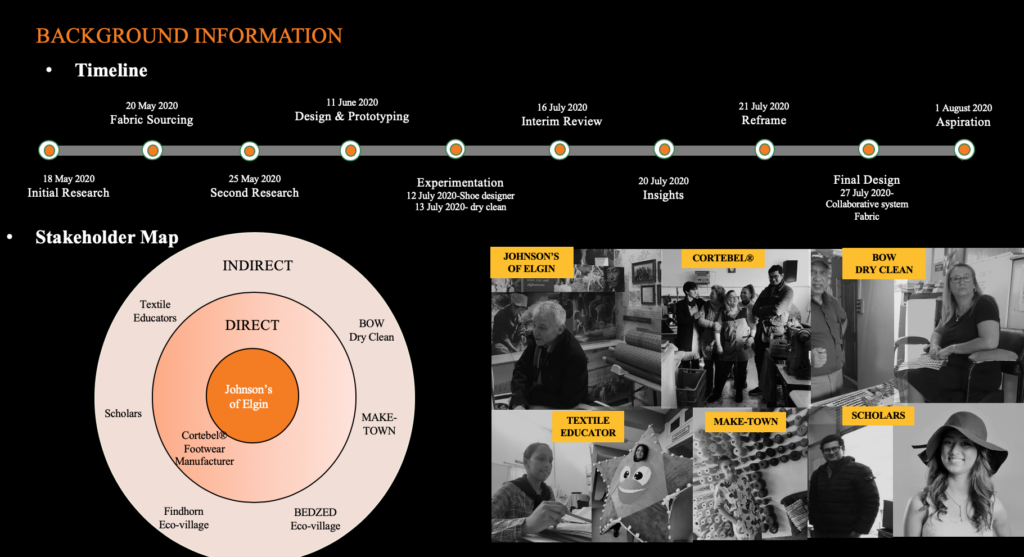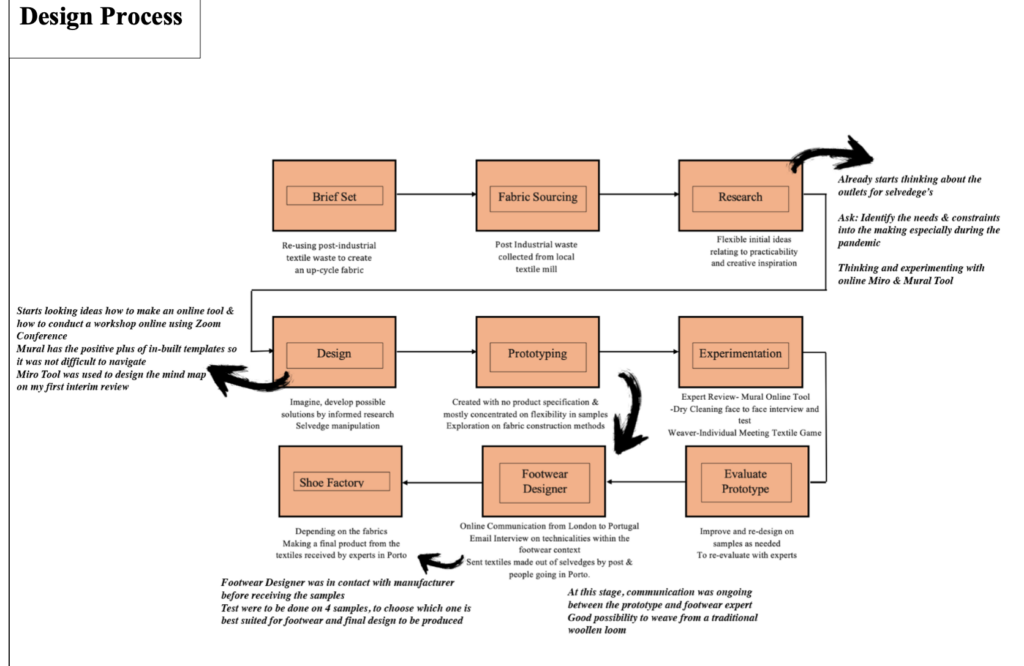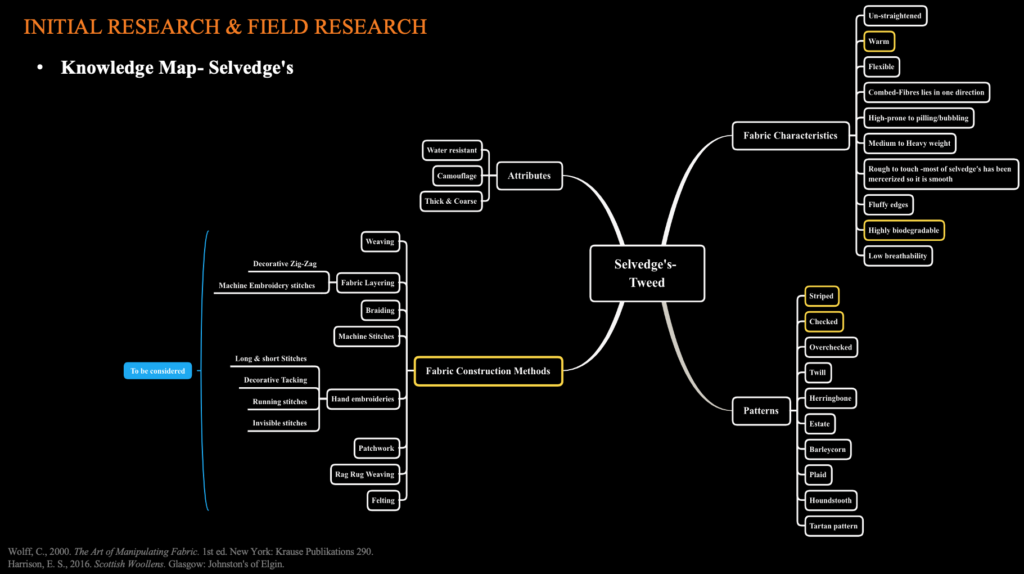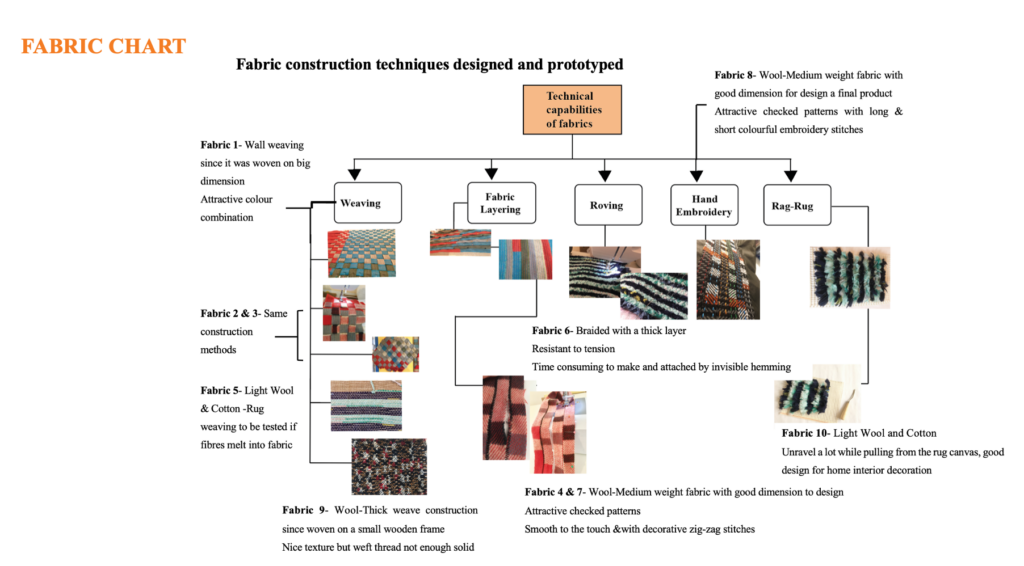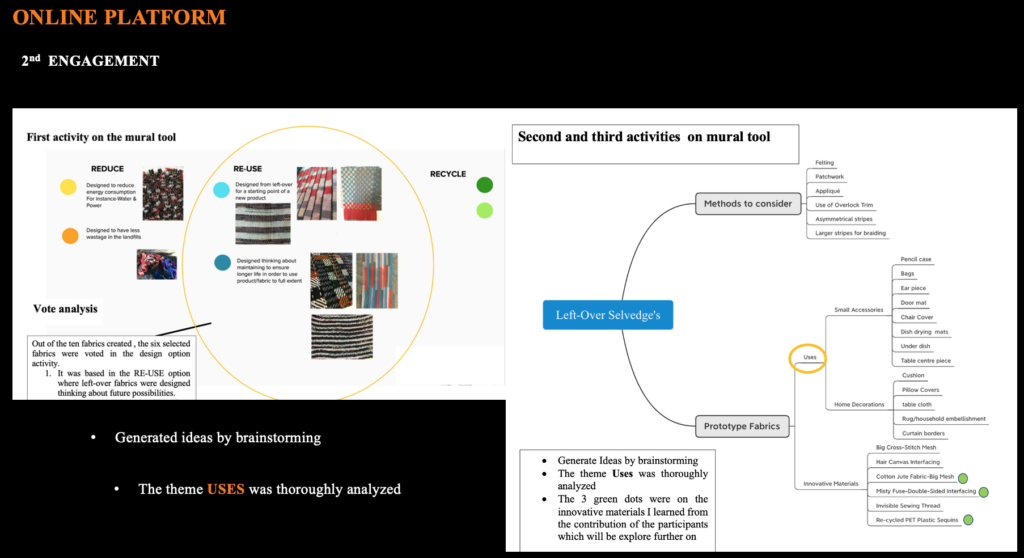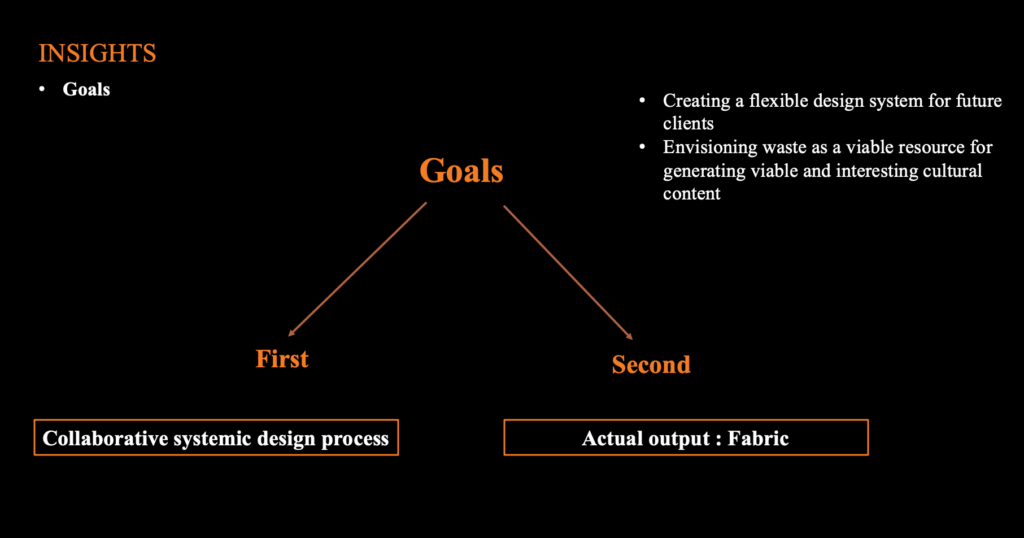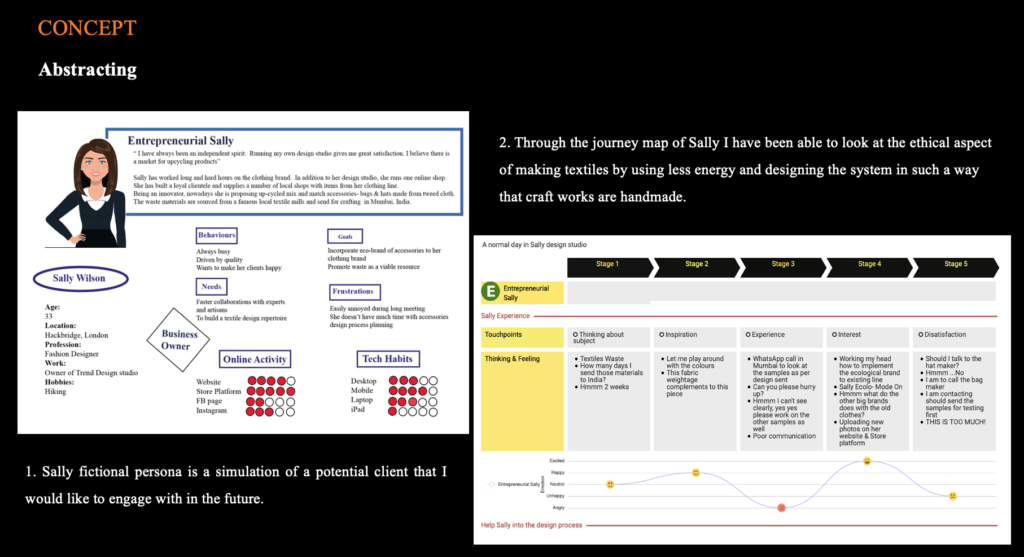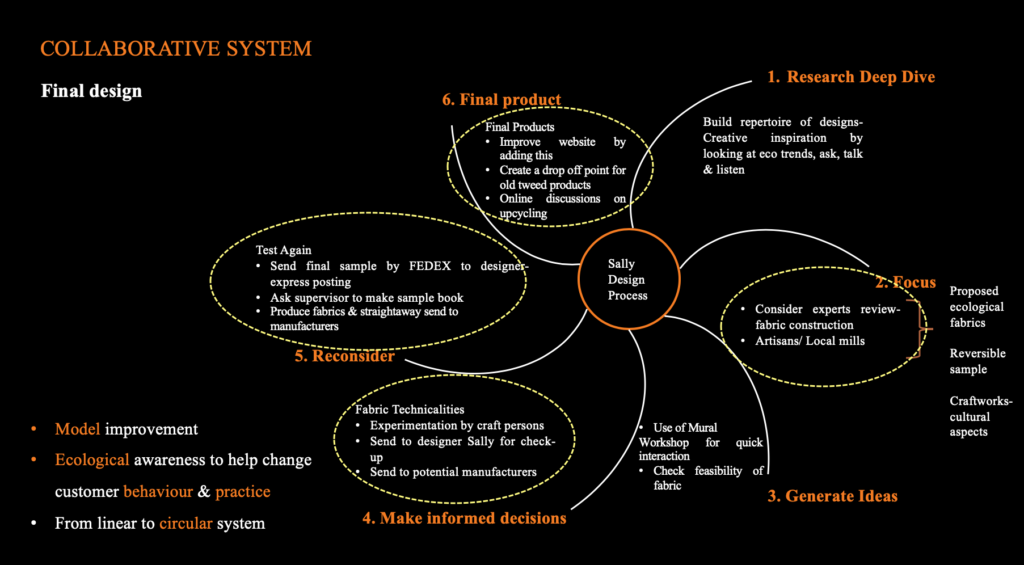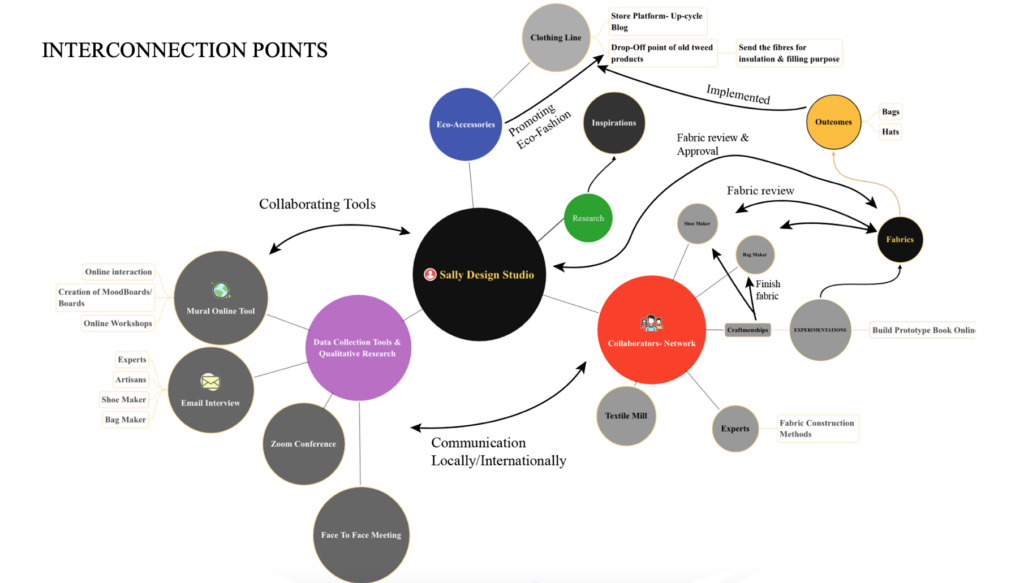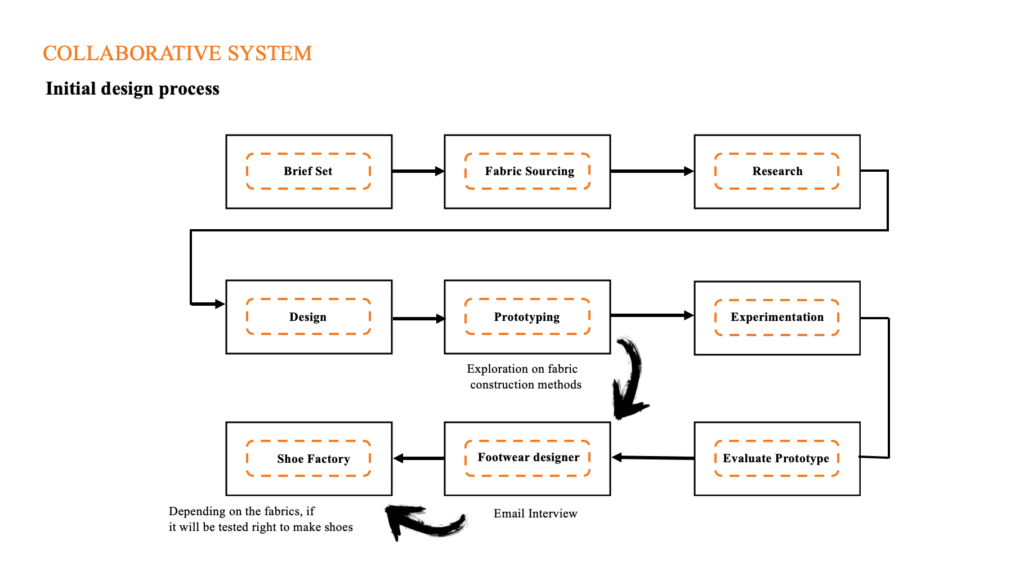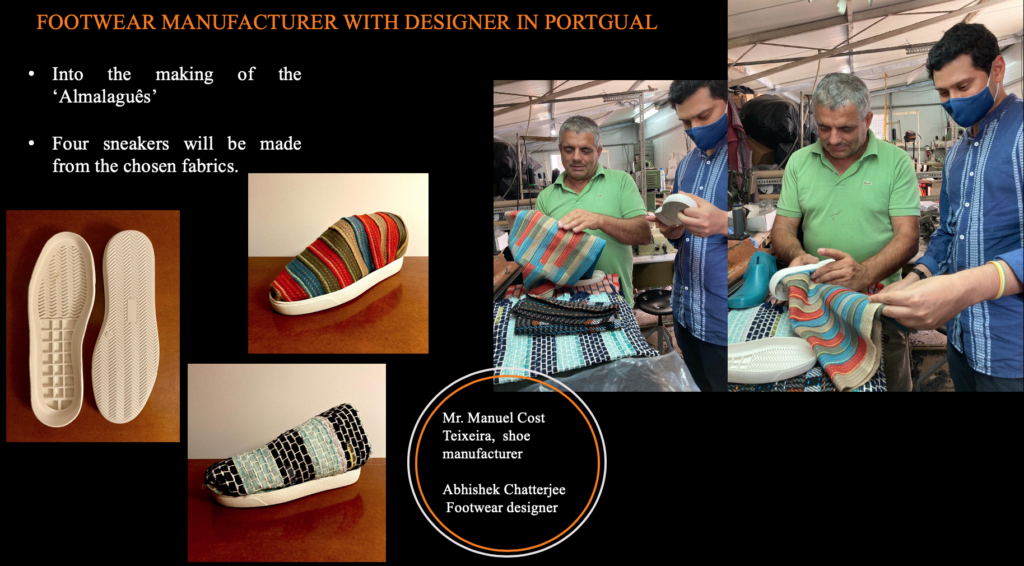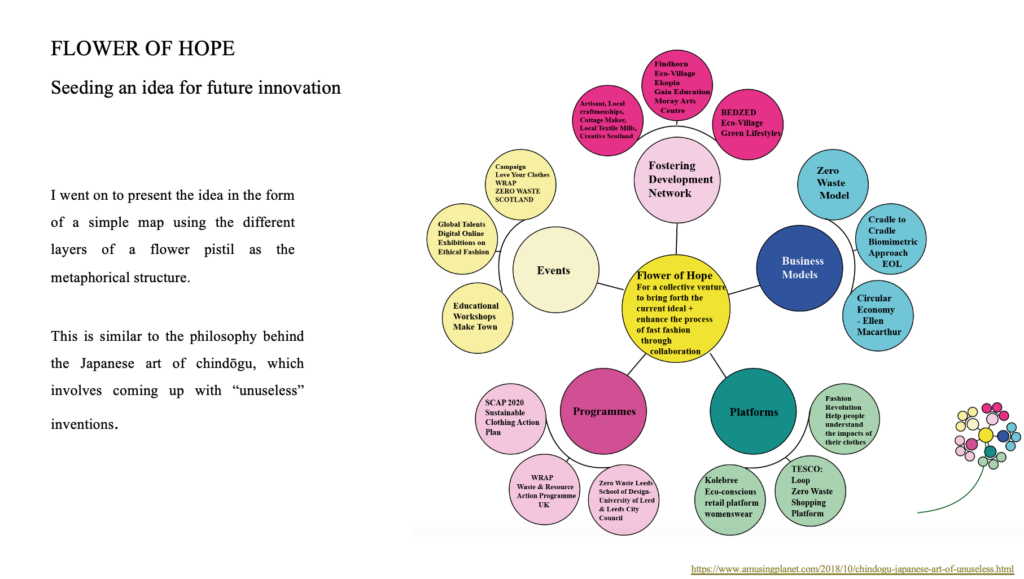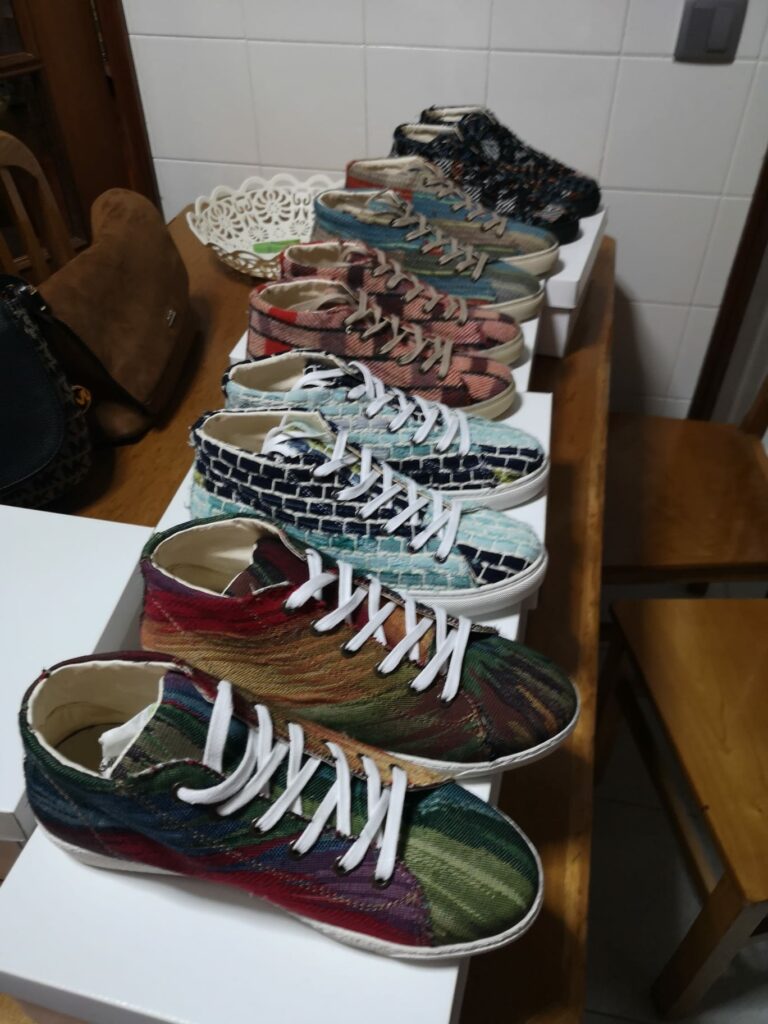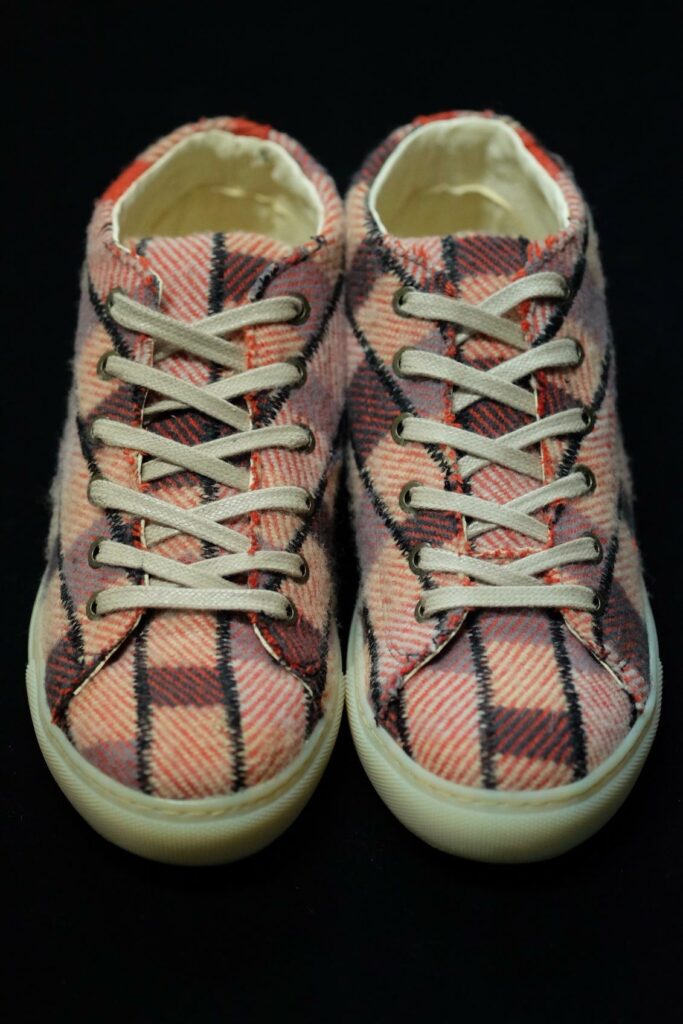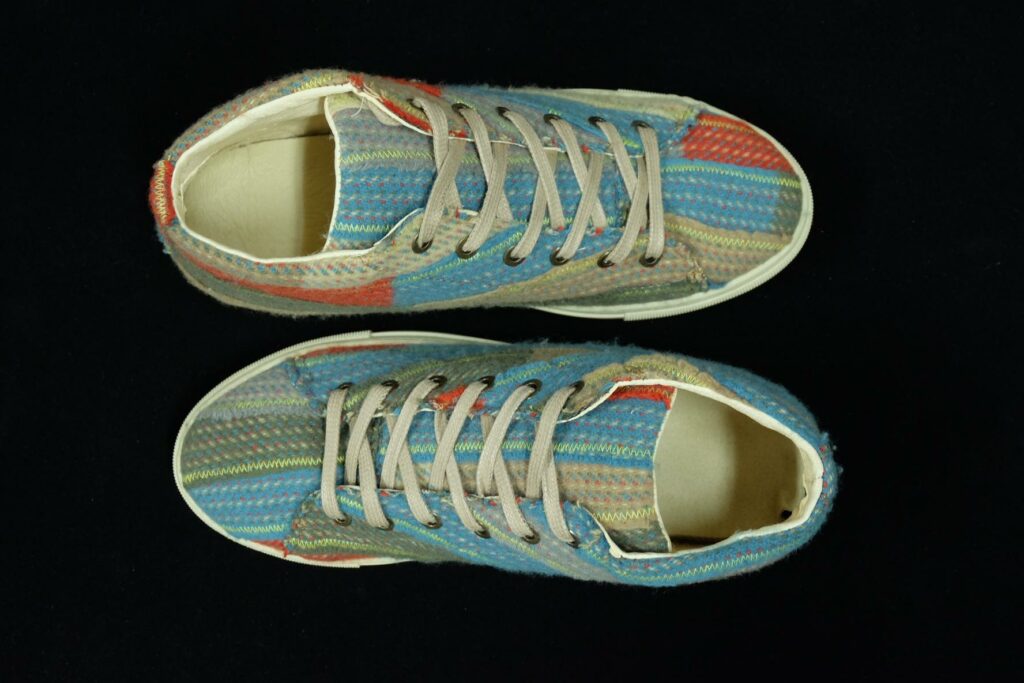To my dear furniture
Innovation design and collaborative creativity
By Jiahui Zou (Garffee)
Continue Reading To my dear furniture
Solution
Furniture History Booklet
This booklet is printed by the furniture company and delivered to customers along with the new furniture. The booklet could record stories about furniture (E.g. The pet cat at home was in a bad mood one day, so he scratching the armrest of the chair and leaving paw prints.) also it could record the condition of the furniture and how customers feel about the furniture. Three views and perspective views could simply mark the parts that need to be described. The significance of this booklet is that when the furniture has been used for many years and people want to throw it away, by reading the stories, they might recall many of the times it has accompanied them. At this point, one of five sustainable design strategies 'Reduce' is used: Designed for longer life (e.g. emotionally durable design). This booklet is through emotion to maintain the life of the furniture. When the furniture needs to be resold, this booklet might attract the next customer to understand the time experienced by the furniture, know that this is a piece of furniture with stories. Also, they could understand the previous owner’s mood and the conditions of the furniture, instead of just the old and new appearances to determine whether to buy.
Solution
Service blueprint
The entire process is based on a website named 'xxx of Furniture'. The site should collaborate with furniture companies, which provide the furniture history booklet to the customers. I improved the booklet: add a QR code for customers to scan it. It will bring them to the website and record the data online. Once people finished stories, the site can collect the data and pass to the furniture company after-sale department or designers which can help them improve their products. When customers go back to the main page, they can try to share their opinions about old furniture and discuss with other furniture lovers. The site team including designers and furniture experts who might help them solve the problems, and if they need components or tools, furniture company can provide secondary service as profits that could stimulate companies to cooperate with the website. The event as part of the website is a future plan. It is the website offline activity, people who chat online and share stories could meet together in the activity. This can enrich the communication that originally had no sense of reality. Participants might enlarge their socialization and build up their confidence.
Solution
Process



